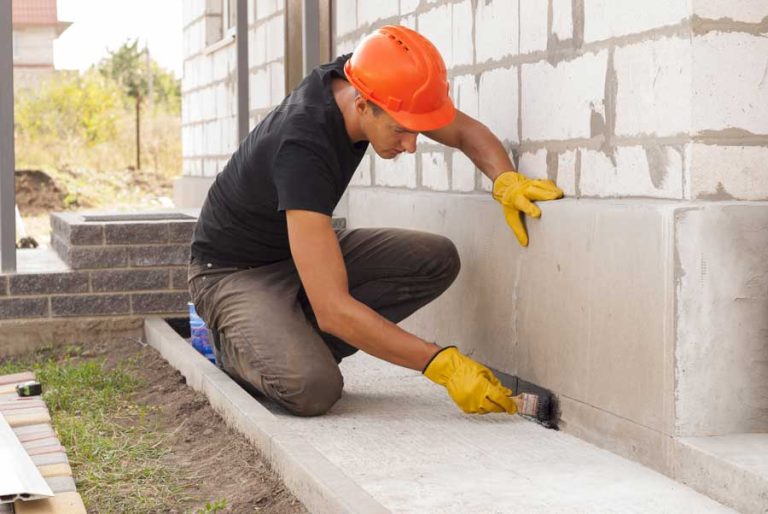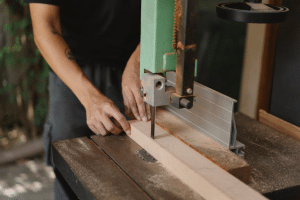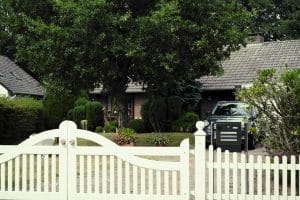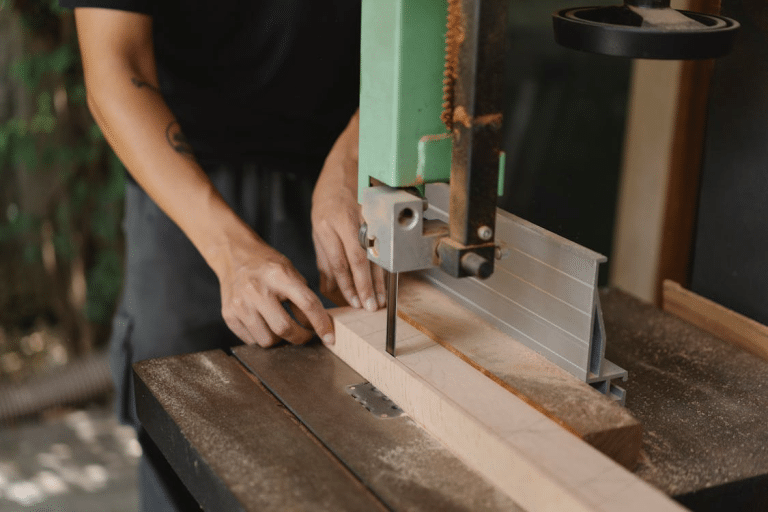Foundation issues can develop quietly. They often start small, as cracks or uneven floors. When the damage becomes visible, homeowners often get professional repair to stabilize and protect their home. The longevity of foundation repair depends on factors such as the repair methods, the materials used, and how well the foundation is maintained. In this blog, we will look at how different foundation methods hold up, what affects their lifespan, and how proper basement waterproofing can make those results last longer.
Understanding Foundation Repair
Foundation repair fixes the base of the house so it can stay level and stable. It can involve sealing cracks, lifting sunken areas, improving drainage in the home, or strengthening walls that have shifted. The goal is to stop further movement and prevent more damage from happening in the future.
Most foundation problems begin with moisture. When too much moisture builds up in the soil beneath the house, it causes it to expand and become unstable. When the soil dries out, it contracts. It shrinks and leaves gaps under the structure. This constant cycle causes cracks, uneven floors, and leaks in the basement.
Factors That Affect How Long Repairs Last
The lifespan of a foundation repair depends on various factors, such as soil, moisture, and even the way a house was built affect how long the foundation repair will hold up. Here are the main factors that make the difference.
Soil and Drainage Conditions
If the soil around the house holds too much water, it will expand and contract with the weather. Poor drainage makes this worse, adding pressure against the foundation walls. On the other hand, dry or well-drained soil helps repairs last longer by keeping the structure stable throughout the years.
Quality of Materials and Workmanship
Quality materials and skilled installation can make a huge difference in making the repair last longer. For instance, steel piers or properly mixed concrete can hold up for decades, while cheaper materials or rushed work often fail sooner and show problems. A professional repair done right the first time generally lasts much longer.
Extent of Initial Damage
Minor cracks can be sealed and remain stable for years. However, if the foundation has sunk several inches or shifted unevenly, even a well-done repair might need additional reinforcement over time. The bigger the damage, the more closely it should be monitored.
Local Climate and Moisture
Weather plays a major role in how long foundation repairs last. Frequent temperature changes can cause the soil to expand and shrink. For instance, Michigan has a freeze-thaw cycle that adds extra stress as the ground repeatedly expands and contracts. This is why foundation repair in Michigan should include better drainage systems, strong wall reinforcement, and basement waterproofing to prevent moisture buildup and soil movement.
Lifespan of Common Foundation Repair Methods
Different types of foundation repair methods last based on the type of damage, soil condition, and maintenance. Some methods deliver temporary fixes, and others are built to last a lifetime. Here is what you can expect from the most common foundation repair methods.
Pier and Beam Repair
Pier and beam systems are built to last decades when installed correctly. The piers are placed deep into stable soil layers to support the weight of the structure. With proper drainage and regular inspection, this method can last from 75 to 100 years.
Slab Jacking or Mudjacking
This method lifts sunken concrete slabs by pumping a cement-based mix under the surface. It works well for minor settling, but it cannot be considered a permanent fix. On average, slab jacking lasts up to 5 to 10 years, depending on the movement of soil and moisture control measures.
Steel or Helical Piers
Steel piers are among the most durable options. They often last as long as the structure itself. They are anchored deep below the active soil layer, making them resistant to
future shifts. In stable conditions, this method can last more than 100 years with little maintenance.
Epoxy or Crack Injections
Epoxy fills surface cracks and seals them against moisture. While it restores the appearance and prevents leaks, it does not address the deeper soil movement issues. These repairs usually last five to seven years unless the foundation continues to shift further.
Basement Waterproofing Systems
While basement waterproofing does not repair foundation issues, it protects the foundation and the repaired area from future moisture-related problems. Interior drainage, sump pumps, vapor barriers, and exterior ceiling systems can last 10 to 20 years or longer with routine maintenance and cleaning. When combined with foundation repair, waterproofing can significantly extend the lifespan of the foundation.
How to Make Foundation Repairs Last Longer
A strong foundation repair can last for decades when supported by timely maintenance. Once the initial foundation damage is fixed, what you do afterwards can determine how long the stability of the foundation lasts.
Schedule Regular Inspections
Even after professional repair, the foundation needs to be checked occasionally. Small shifts, seasonal soil changes, or unnoticed leaks may cause minor issues to return. When the foundation is inspected annually, it helps to identify early warnings before they develop into a major problem. Homeowners can also look out for new cracks, uneven floors, or doors that stick.
Manage Water Around Your Home
Water and moisture are the biggest threats to a repaired foundation. Water can weaken the soil, increase pressure on basement walls, and erode the ground beneath the structure. To avoid this, keep the gutters clean, extend downspouts away from the house, and make sure the yard slopes slightly outward so water flows away from the foundation. If your home has a sump pump, it should be tested regularly to make sure that it works during heavy rainfall.
Manage Your Basement Waterproofing System
A waterproofing system can only protect your house if it is kept in good working condition. Sump pumps need occasional maintenance; filters should be cleaned, and drainage pipes should be kept free of any blockage. Vapor barriers or sealants in basement walls also wear down over time. Check them once or twice a year to prevent moisture from seeping in to avoid damage to the repaired areas.
Signs Your Foundation Repair May Need Attention
Even with the best repair, you might see some signs of stress over time, mainly when the soil or drainage around the home changes. Catching these signs already can prevent minor issues from turning into costly damage.
- New or widening cracks: Cracks that appear months or years after repair can indicate that the soil beneath the foundation is shifting. Hairline cracks are more common, but gaps that are wider or run through multiple walls need a closer look.
- Uneven or sloping floors: Floors that start to tilt or look uneven may point to foundation settlement. Using a small level or placing a ball on the floor can help you check for possible movement.
- Sticking doors or Windows: When doors or windows no longer open and close smoothly, it often points to subtle foundation shifts. This happens because minor movement in the structure affects frame alignment.
- Basement leaks or damp walls: Moisture in the basement indicates that a waterproofing layer or drainage systems are not functioning properly. It may also signal that water pressure around the foundation has increased.
- Visible gaps around walls or ceilings: Gaps between walls, ceilings, or molding point to movement in the structure due to settling. These should be repaired only after confirming that the foundation is stable.
Final Thoughts
A lasting foundation repair depends on what materials were used, how they were installed, and how they’re maintained after the repair work is done. Soil stability, water control, and small maintenance can make a big difference in the long run. Maintaining clean gutters or checking for leaks can help prevent further damage. When these areas are managed well, most repairs last for decades.













